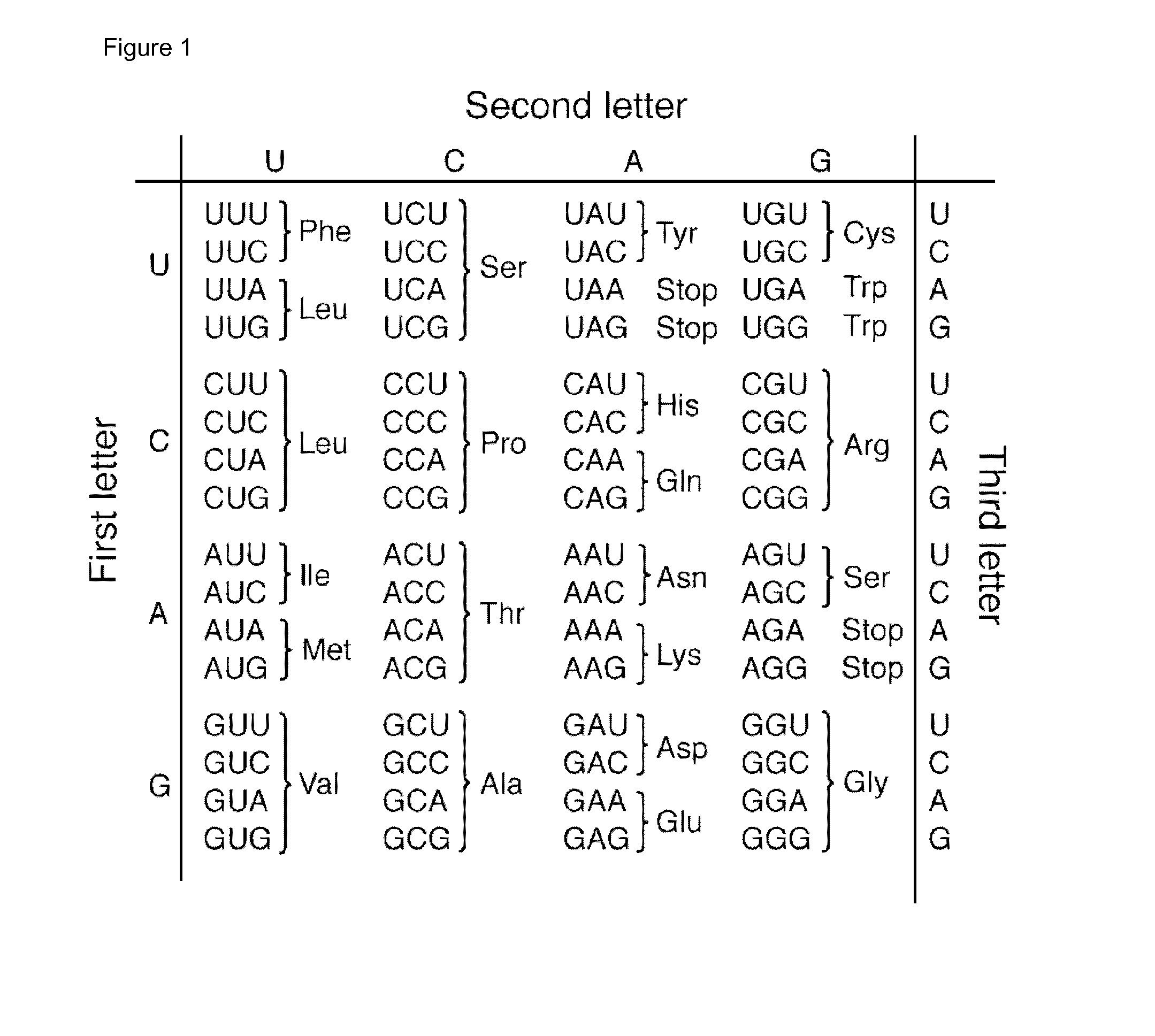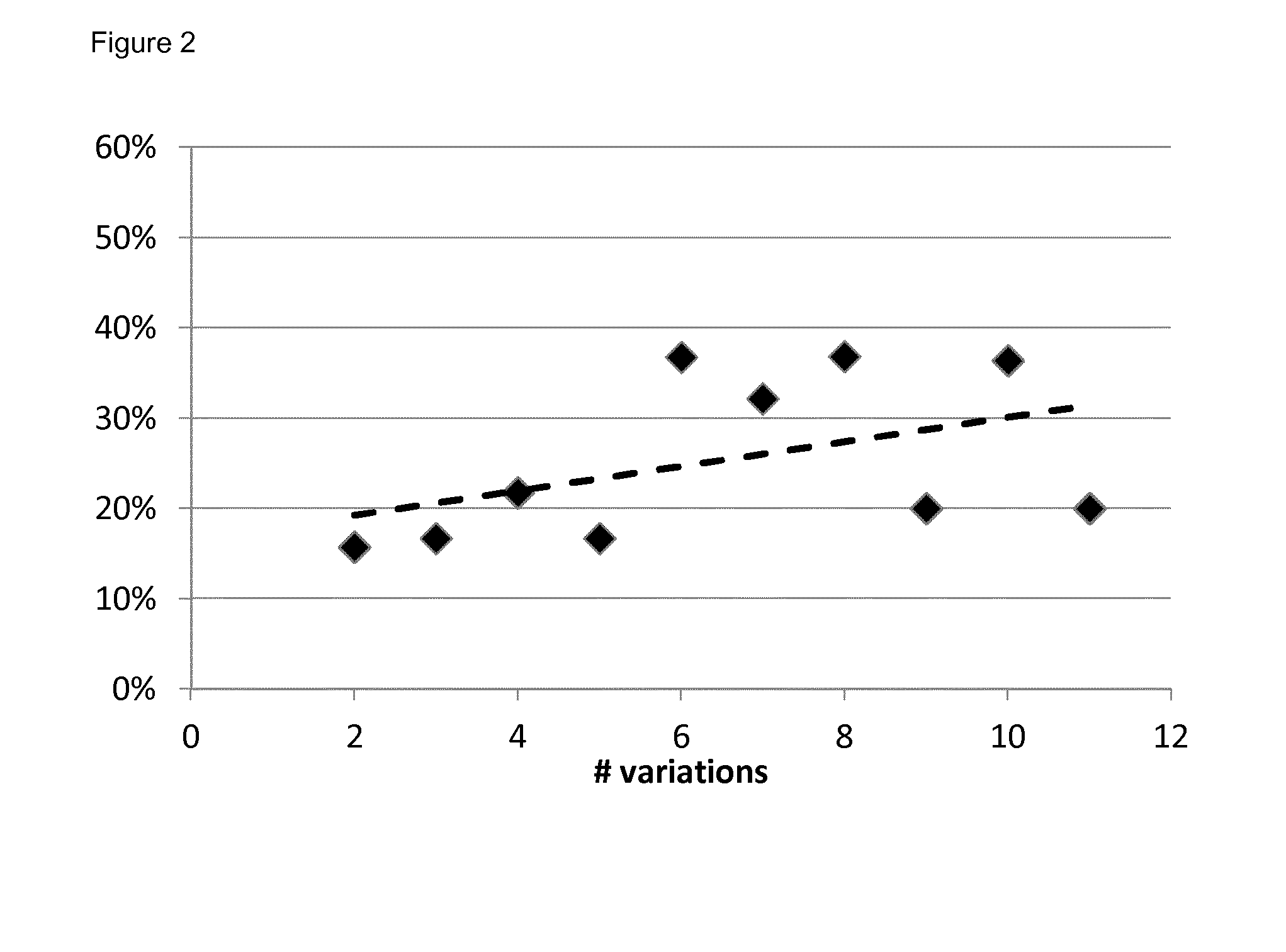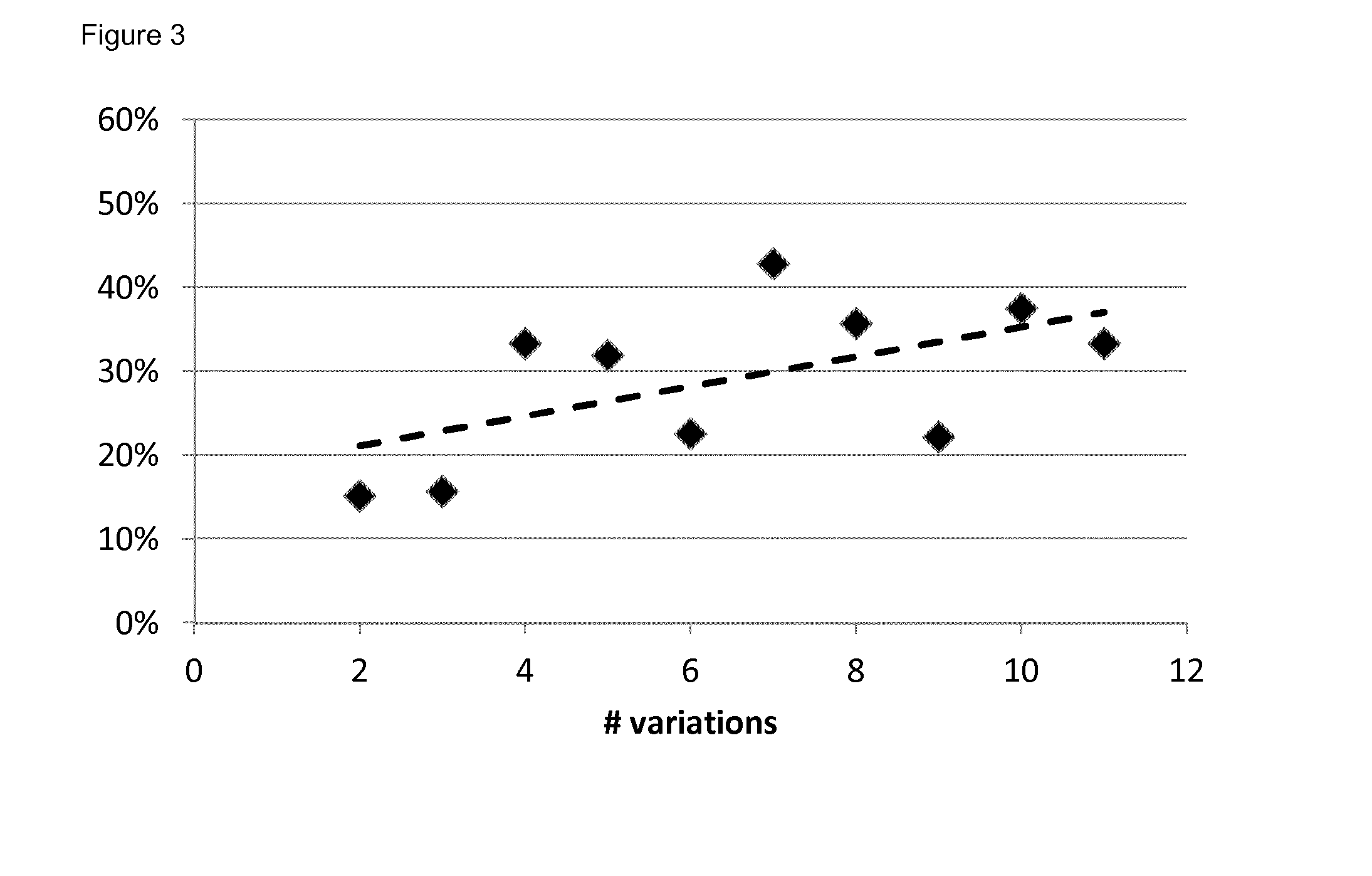Method for determining the risk of developing radiation-induced toxicity after exposure to radiation
a radiation-induced toxicity and radiation-induced toxicity technology, applied in the field of medical treatments, can solve the problems of increasing the risk of radiation-induced toxicity, and achieve the effect of improving the chance of disease-free survival and better predictive power
- Summary
- Abstract
- Description
- Claims
- Application Information
AI Technical Summary
Benefits of technology
Problems solved by technology
Method used
Image
Examples
example 1
Patient Population and DNA Isolation
[0084]Patient were recruited from MAASTRO Clinic (n=321) and Ghent University Hospital (n=66). Lung toxicity was scored using the Common Terminology Criteria for Adverse Events version 3.0 for dyspnea before (baseline) and up to six months after (maximum) radiotherapy (RT). The study was approved by the ethics committees of both centers, and all study participants provided written informed consent.
[0085]Total (nuclear and mitochondrial) cellular DNA was isolated from blood of patients collected before radiotherapy according to standard procedures.
[0086]Samples from patients with breast cancer were obtained from the University Medical Center of Mannheim. The skin biopsies were taken from patients treated in Mannheim as part of the TARGIT A phase 3 clinical trial [Vaidya et al., Lancet 382: 1-11 (2013)].
[0087]The TARGIT A trial was performed between 02 / 2002 and 12 / 2008, 305 patients were treated within TARGIT A (Arm A: n=34 IORT, n=20 IORT+WBRT for ...
example 2
[0089]GeneChip® Mitochondria Resequencing 2.0 Arrays (Affymetrix, Santa Clara, Calif., USA) were used to determine the mtDNA sequence of the DNA samples according to the manufacturer's protocol.
[0090]After generation of the cell intensity (CEL) files by GeneChip® Operating Software 1.4 (GCOS 1.4), raw sequence data was analyzed by the Sequence Pilot—module SeqC (JSI medical systems) with the standard parameters. The eventual mtDNA sequences were compared with the revised Cambridge reference sequence (SEQ ID NO: 1) to list all homoplasmic variants. The haplogroups were determined as described previously (Voets, A. M., et al. Large scale mtDNA sequencing reveals sequence and functional conservation as major determinants of homoplasmic mtDNA variant distribution. Mitochondrion 11, 964-972 (2011)).
example 3
[0091]Multivariate logistic regression analyses models were built with α=0.05. The model performance for predicting outcome was evaluated by calculating the area under the curve of the receiver operating characteristic curve using a 10-fold cross-validation (out-of-sample) procedure. The maximum value of the AUC is 1.0, indicating a perfect discrimination, whereas 0.5 indicates a random chance to correctly discriminate outcome with the model. P values for AUCs being different from 0.5 were calculated using 500 bootstraps and a 1-sided Student's t-test. The final model output was represented by a nomogram (Iasonos, A., Schrag, D., Raj, G. V. & Panageas, K. S. How to build and interpret a nomogram for cancer prognosis. J Clin Oncol 26, 1364-1370 (2008)).
[0092]The endpoint for the model was the occurrence of dyspnea≧2 within six months after RT.
PUM
| Property | Measurement | Unit |
|---|---|---|
| chemical energy | aaaaa | aaaaa |
| time | aaaaa | aaaaa |
| width | aaaaa | aaaaa |
Abstract
Description
Claims
Application Information
 Login to View More
Login to View More - R&D
- Intellectual Property
- Life Sciences
- Materials
- Tech Scout
- Unparalleled Data Quality
- Higher Quality Content
- 60% Fewer Hallucinations
Browse by: Latest US Patents, China's latest patents, Technical Efficacy Thesaurus, Application Domain, Technology Topic, Popular Technical Reports.
© 2025 PatSnap. All rights reserved.Legal|Privacy policy|Modern Slavery Act Transparency Statement|Sitemap|About US| Contact US: help@patsnap.com



